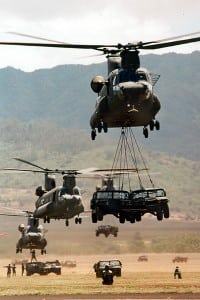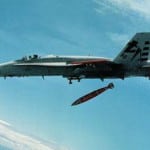
The Army already plans to convert one of its infantry brigade combat teams to an armored unit and would transition another brigade if funding became available, several three-star generals recently testified on Capitol Hill.“We plan to convert one of our Infantry brigade combat teams (BCT) to an Armored BCT (ABCT), giving us a total of 15 ABCTs across the Total Force,” Lt. Gens. Joseph Anderson, Aundre Piggee and Gwen Bingham, told a subcommittee of the House Armed Services Committee last…

 By
By 











